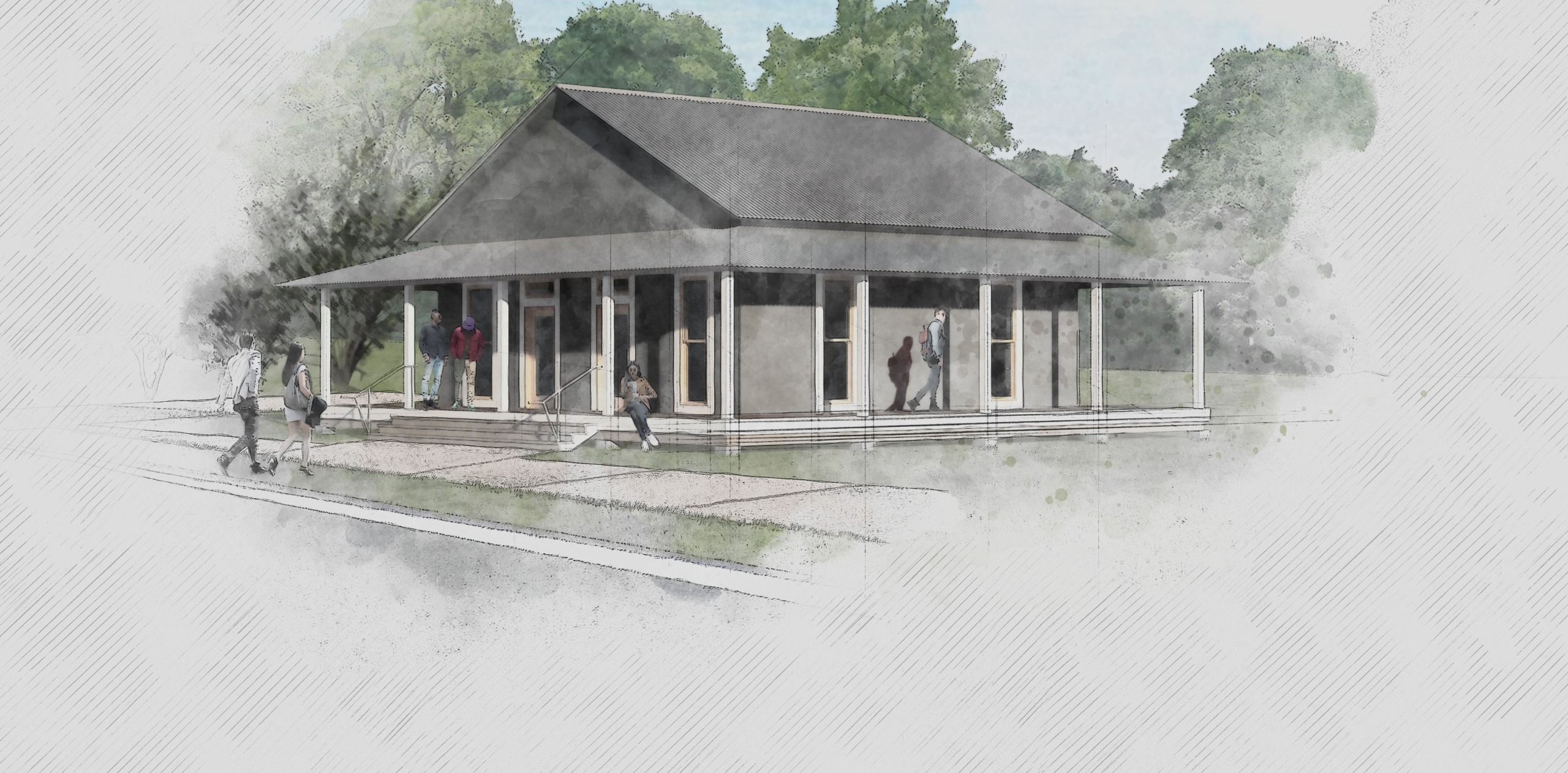This week, A+A is reaching back into its archives to re-publish some of the magazine’s more interesting and most popular posts. This one ran in February 2010:
Consider the arc and nature of Harwell Hamilton Harris’s career:
Born in 1903, he apprenticed with modernist Richard Neutra in 1928. By 1932, he’d left that firm and built a home for himself and his wife on a lush California hillside. At 600 square feet, it was tiny – a single room communing on three sides with a ravine covered in ferns and live oaks. A miniscule kitchen sat off to the side. Rush mats lay on the floor and redwood beams supported the ceiling.
He called it the Fellowship Park House. It was built of simple means, from salvaged materials for less than a thousand dollars. It was also eloquent and unforgettable.
“It was a shanty on a hillside, but it was the most beautiful shanty I’ve ever seen,” says Raleigh, N. C. architect Frank Harmon, a big fan of the architect’s work.
By the early ‘40s, Harris had designed and built the Havens House in Berkeley, Calif. It was, he told readers of House Beautiful: “…an extension of the sky, the water, the hills…a sky house, more than an earth house.” Man Ray would photograph it, and the AIA would name it one of the two best buildings in the nation – alongside Frank Lloyd Wright’s Fallingwater.
From 1952 to 1955 Harris served as dean of the School of Architecture at the University of Texas, recruiting a posse of modernists known as The Texas Rangers. “They were the most influential educators in the nation,” Harmon said. “They were people like Colin Rowe, who went on to teach and write at Cornell, and John Hejduk, later dean at Cooper Union.”
In 1958, he renovated the 1908 National Farmer’s Bank of Owatonna, Minn., the first of Louis Sullivan’s “jewel boxes.” It had been remodeled poorly in 1940; Harris restored it to its original grandeur.
In 1962 he moved to Raleigh, established a practice and began teaching at N.C. State’s School of Design. He’d retire from State in 1973 but continued to practice. In the eight years before he died in 1990, he and Harmon. The architects traveled together to Texas to look at and discuss his buildings there.
“In person, he was quiet and modest. He said that the architect’s ego needs to be carefully nourished, but not evident,” Harmon said. “He believed that architecture, like delight, is ephemeral, and that ideas often outlast buildings.”
That’s insightful talk from a man once acclaimed by both Wright and Aalto as an American genius.
[slideshow id=1417]

